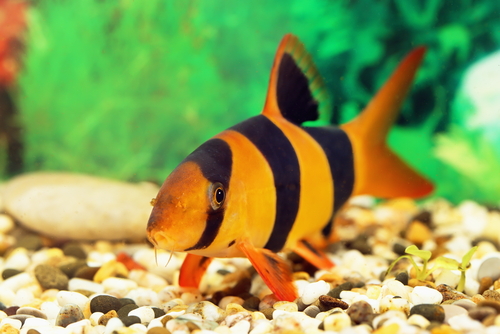Clown loaches are a type of tropical freshwater fish that are native to the rivers of Indonesia. They are a popular choice among aquarium enthusiasts due to their vibrant colors and playful personalities.
Clown loaches are known for their distinctive orange and black striped pattern, and they can grow to be about 12 inches in length. Full of life and energy, they brighten and liven up any tank that they’ve been put in – especially when they have a bunch of “fish friends” to pal around with.
They are bottom-dwelling fish, and they prefer to live in groups. Keeping these fish alone significantly draws down their energy levels and can even have a negative impact on their health and wellness.
This is why it’s so important to choose the right tank mates – and that’s why we’ve put together this detailed guide.
Below we run through (almost) everything you need to know about choosing the best 12 clown loach tank mates out there!
Contents
Clown Loach 101 – What You Should Know
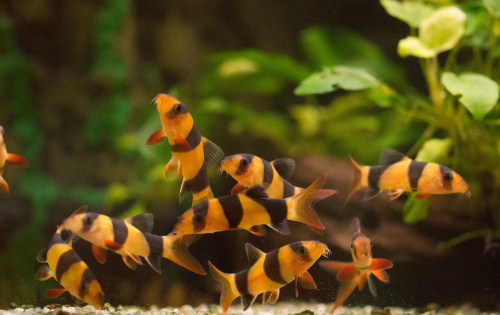
Temperament
Clown loaches are generally considered to be peaceful and playful fish.
They are known for their curious and social personalities, and they often form strong bonds with other fish in their group. In general, clown loaches do well when kept in groups of at least three or four individuals, and they are known to be very active and social when kept in these larger groups.
While they can sometimes be timid around larger, more aggressive fish, they are generally peaceful and non-aggressive towards other fish in their own size range.
Size
It’s difficult to give a precise answer to this question because the amount of water that a clown loach needs in a tank will depend on several factors, such as the size of the loach, the number of loaches in the tank, and the overall size of the tank.
In general, however, it’s important to provide plenty of room for clown loaches to swim and explore, so a larger tank is typically better than a smaller one.
A good rule of thumb is to provide at least 10 gallons of water for every 1-2 clown loaches in the tank. This will give them enough space to move around and establish their own territories. It’s also important to maintain good water quality in the tank, which will require regular water changes and filtration.
Competition
Most folks don’t consider clown loaches to be particularly competitive fish.
If you want to be sure that you won’t run into any issues with clown loaches, though, try to keep them with fish of a similar size. Make sure to keep these fish in schools of at least two or three, too, and you’ll all but eliminate the issue of competition from your tank entirely.
Tank Setup
In their natural habitat, clown loaches are used to living in warm, slow-moving rivers and streams with moderate to high levels of dissolved oxygen. In an aquarium, they will do best in water conditions that are as close as humanly possible to their natural conditions.
This means that they should be kept in water that is between 73-82 degrees Fahrenheit and water that has a pH level of between 6.0-7.0. Clown loaches also require good, clear water, so it’s important to maintain the tank with regular water changes and filtration.
At the end of the day, though, clown loaches are hardy fish and can adapt to a wide range of water conditions. This means that their aquariums can accommodate a wide range of fish friends!
12 Best Clown loach Tank Mates
Other posts you might like:
1. Barbs
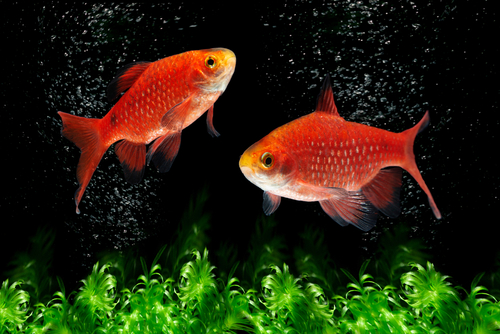
Barbs and clown loaches can generally be kept together, provided that they are given enough space and have adequate hiding spots. Both species are peaceful and do well in schools, so they can make good tank mates for each other.
However, some male barbs may become territorial towards other males of their own species, so it is important to provide plenty of space and hiding spots to prevent aggression.
2. Danios
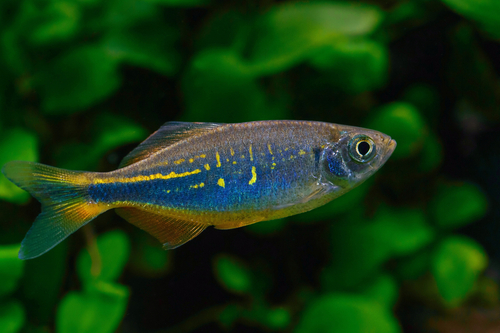
Danio is a genus of small, colorful fish that are popular among aquarium hobbyists. They are native to the rivers and streams of South and Southeast Asia, and are known for their lively personalities and active swimming behavior.
Danio fish are generally peaceful and do well in schools, making them a good choice for community tanks. They are also easy to care for, adaptable to a wide range of water conditions, and inexpensive to purchase.
There are several species of danio fish that are commonly kept in aquariums, including the zebra danio (Danio rerio), the giant danio (Danio aequipinnatus), and the pearl danio (Danio albolineatus).
They come in a variety of colors and patterns, including stripes, spots, and shimmering iridescence. Danio fish are omnivorous and will eat a variety of foods, including flakes, pellets, frozen or live foods, and vegetables.
3. Tetras
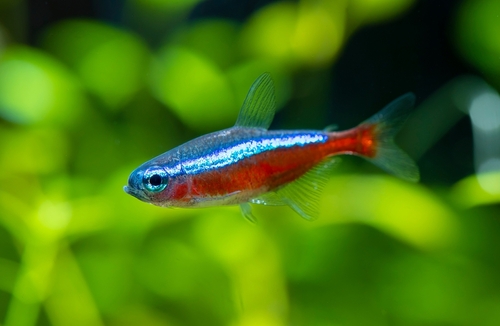
Tetras are small, colorful fish that are popular for new aquarium owners. They are native to the rivers and streams of South America and Africa, and are known for their vibrant colors and peaceful temperament. Tetras are generally easy to care for and adaptable to a wide range of water conditions.
There are many different species of tetras, including the neon tetra (Paracheirodon innesi), the cardinal tetra (Paracheirodon axelrodi), and the black tetra (Gymnocorymbus ternetzi).
They come in a variety of colors and patterns, including red, blue, green, and black. Tetras are omnivorous and will eat a variety of foods, including flakes, pellets, frozen or live foods, and vegetables.
Pros
- Tetras are colorful and attractive fish that can add a lot of visual interest to your aquarium.
- They are generally easy to care for and can adapt to a wide range of water conditions.
- Tetras are peaceful and social fish that can be kept in groups, which can make them very entertaining to watch.
Cons
- Tetras are relatively small fish, and they may be bullied or harassed by larger or more aggressive fish if they are kept together.
- Some species of tetras can be sensitive to water quality and may require special care and attention to keep them healthy.
4. Corydoras catfish
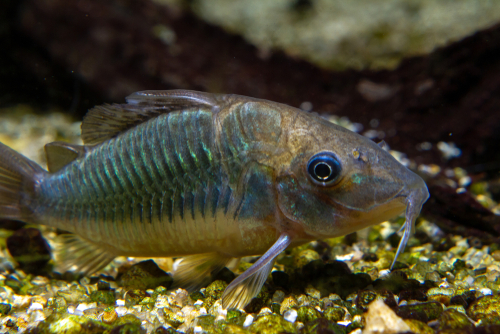
Corydoras catfish call the rivers and streams of South America home, and are known for their gentle disposition and sociable behavior. Corydoras catfish are generally peaceful and do well in groups, making them a good choice for community tanks. They are also super easy to care for and adaptable to most any warm water conditions.
These fish come in a variety of colors and patterns, including silver, black, and brown. Corydoras catfish are omnivorous and will eat a variety of foods, including flakes, pellets, frozen or live foods, and vegetables.
Pros
- Corydoras catfish are personality filled fish that can be kept in groups, which can make them very fun to watch.
- They are bottom-dwelling fish that keep your tank healthy.
- Corydoras catfish are hardy fish that can adapt to a wide range of water conditions.
Cons
- Relatively small and can get bullied a lot
- Somewhat sensitive to big swings in water conditions or temperatures
5. Gouramis
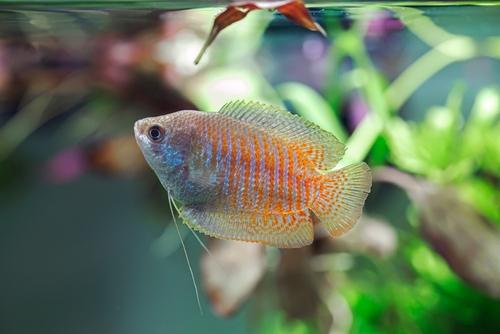
Gouramis can make good fish for aquariums, provided that their basic needs are met and they are kept with compatible tank mates. They are generally peaceful and do well in community tanks, and their unique ability to breathe air directly from the surface of the water makes them interesting to watch.
However, some male gouramis can become territorial towards other males of their own species, so it is important to provide them with plenty of space and hiding spots to prevent aggression. Overall, gouramis can be a good choice for beginner and experienced aquarium hobbyists alike
Pros
- Colorful and active, add a lot of personality to your tank
- Easy to care for, even for beginners
- Social fish that like to make friends with the rest of your aquarium
Cons
- Can be aggressive at times
- May not be as hardy as other fish
6. Plecostomus
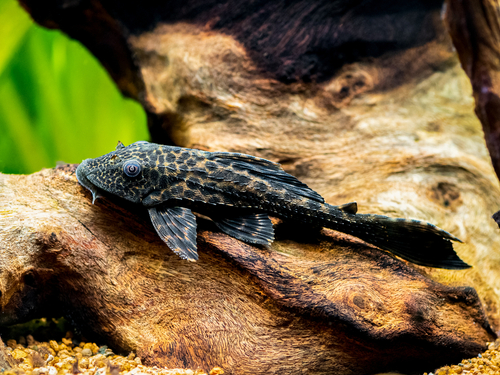
Plecostomus, or plecos, are a group of armored catfish. They are native to the rivers and streams of South America, and are known for their ability to clean algae from tank surfaces.
Plecos are generally peaceful and do well in groups, making them a good choice for community tanks. However, they can grow quite large, so it is important to provide them with a tank that is big enough to accommodate their adult size.
In terms of water quality, plecos prefer clean, well-oxygenated water with a pH of 6.5-7.5 and a temperature of 75-82 degrees Fahrenheit (24-28 degrees Celsius). It is important to maintain good water quality by performing regular water changes and using a high-quality filter.
Plecos are omnivorous and will eat a variety of foods, including algae wafers, blanched vegetables, and live or frozen foods. It is important to provide them with a balanced diet to ensure their health and well-being.
Pros
- Big, fun, and peaceful fish that are fun to watch
- Do a lot to help cut down on algae growth
- Very friendly with other tank species
Cons
- Can grow to be really, really big – necessitating a larger tank
- Somewhat sensitive to water condition changes
7. Discus
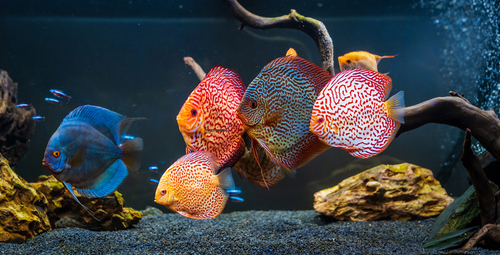
These fish are found natively in the waters of South America and are often described as the “crown jewels” of the home aquarium space. People just love the way these fish look – and it’s not hard to see why!
Colorful, friendly, and personable, these fish will get along well with your clown loaches. They love the same kind of water temps and conditions.
Pros
- Peaceful, almost docile fish
- Full of personality and beautiful to look at
- Love the same kind of tank condition clown loaches love
Cons
- Definitely on the larger side of things
- Can be a little hard to care for when you’re a beginner
8. Angelfish
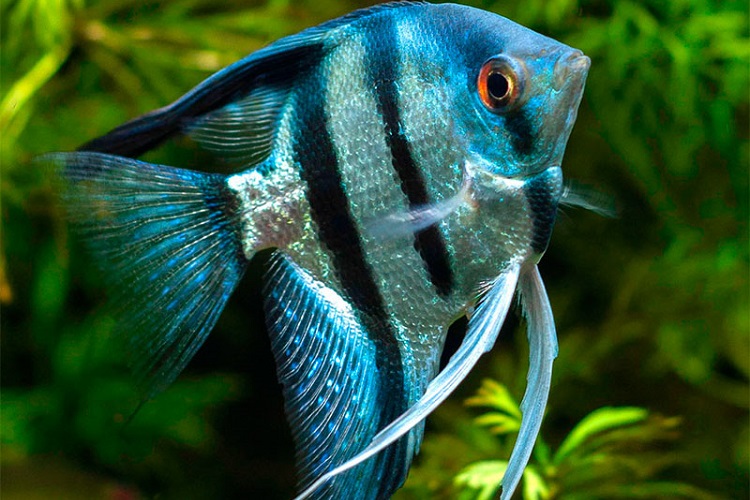
Angelfish are a group of elongated, laterally-compressed fish that are popular among aquarium hobbyists. They are native to the rivers and streams of South America, and are known for their attractive appearance and graceful swimming behavior.
Angelfish are generally peaceful and do well in groups, making them a good choice for community tanks. However, some males can become territorial towards other males of their own species, especially during breeding season, so it is important to provide them with plenty of space and hiding spots to prevent aggression.
As far as water conditions go, angelfish like clean, well-oxygenated water with a pH of 6.5-7.5 and a temperature of 75-82 degrees Fahrenheit (24-28 degrees Celsius). It’s vital to maintain good water quality by performing regular water changes with a quality filter system.
Pros
- Stunning to look at and enjoy
- Can thrive in home aquarium spaces without a ton of headache or hassle
- Available in almost any fish store
Cons
- Can exhibit some aggression
- Need stable water conditions
9. Rasboras
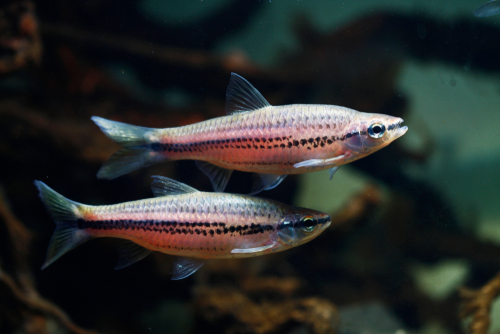
Rasboras prefer clean, well-oxygenated water with a pH of 6.0-7.5 and a temperature of 72-82 degrees Fahrenheit (22-28 degrees Celsius). It is important to maintain good water quality by performing regular water changes and using a high-quality filter.
To help rasboras and rainbowfish get along, it is important to provide them with a spacious, well-maintained tank that meets their basic needs and allows them to live comfortably together. This includes providing them with plenty of hiding spots, such as plants and caves, as well as areas of open water for swimming.
Pros
- Brighten up even the darkest tanks
- Do not need a ton of space to thrive
- Can live in a whole host of tank conditions
Cons
- Need to be kept in larger schools of optimum health
- Get nervous around larger fish
10. Severums
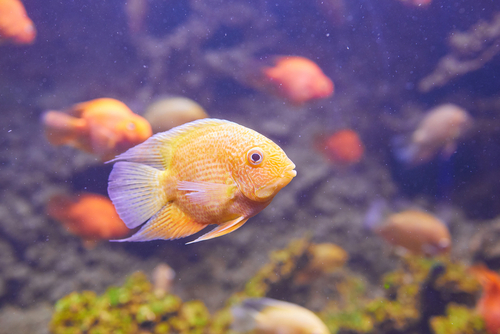
A mildly aggressive fish from South America, you’ll want to keep your eyes on these fish at first – but as long as they don’t feel threatened they generally adapt to busy tanks in no time.
Capable of growing to 8-10 inches long, these fish are a little on the larger side and need a bit of water to move around in. Thankfully, though, they love the same kind of water conditions that clown loaches enjoy!
Pros
- Easy to source without spending a small fortune
- Hardy and healthy in the same conditions clown loaches like
- Beautiful to look at
Cons
- Can become aggressive
- Need bigger tank environment
11. Mollies
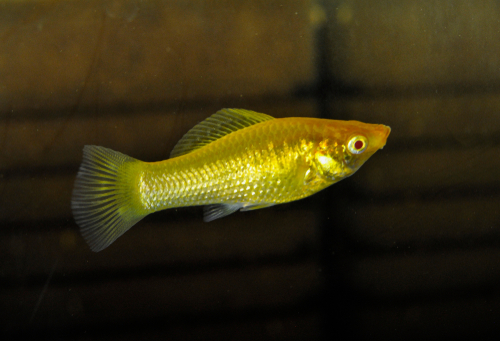
Mollies are colorful, hardy fish that are relatively easy to care for. They are native to the warm waters of the Americas, and they come in a variety of colors and patterns.
Mollies are also known for their ability to adapt to a wide range of water conditions, which makes them a good choice for beginner fish keepers. However, mollies can be relatively aggressive fish, especially towards other mollies, and they may bully or harass smaller or more peaceful fish if they are kept together.
Keep an eye on these fish when you add them to tanks with clown loaches. Make sure that the mollies are going to be smaller than your loaches, too, and you’ll be able to cut down big time on any competitive issues.
Pros
- Very laid back, very chill fish
- Get along with all kinds of tanks mates, making them great options for mixed aquariums
- Fun to watch flit and flip around
Cons
- Can become food for larger fish
- Might become skittish if the tank gets too full of other fish
12. Snails and shrimps

If you want to keep snails and shrimp in the same aquarium with your loaches, there are several important things to consider.
First, it’s important to choose the right type of snail and shrimp for your tank. Some snails and shrimp are more aggressive or predatory than others, and they may not be compatible with each other.
It’s also important to provide plenty of hiding spots and plenty of food for both the snails and the shrimp. Snails and shrimp are both scavengers, and they will need a varied diet to stay healthy.
Finally, it’s important to maintain good water quality in the tank, which will require regular water changes and filtration. This will help prevent the growth of harmful bacteria and other organisms that can harm your clown loaches (and other fish you’re keeping in the tank, too).
Pros
- Great natural tank cleaners
- As peaceful a tank mate as you’ll find
- Help to fertilize aquarium plants, too
Cons
- Might eat some of your more delicate tank plants
- Can get sucked into your aquarium filters
Closing Thoughts
If you’re serious about adding the best tank mates and underwater creatures to your clown loach tank you’ll want to lean on the guide highlighted above.
All of these creatures make great tank mates, to be sure, but you need to verify that your water conditions are going to help everyone thrive.
On top of that, make it a general rule to add only one new species of fish to your tank at a time. You don’t want to shake things up and “shock the system” too much by throwing all different kinds of fish into a tank all at once.
Keep this in mind and you’ll have nothing to worry about!

Ian Sterling, founder of Fishlab.com, began his aquarium journey over 30 years ago, driven by a deep fascination for fish and their diverse personalities. His website, Fishlab.com, is dedicated to making fishkeeping accessible and enjoyable, offering beginner-friendly guidance, expert insights, and a community for aquarists to connect and share experiences.


